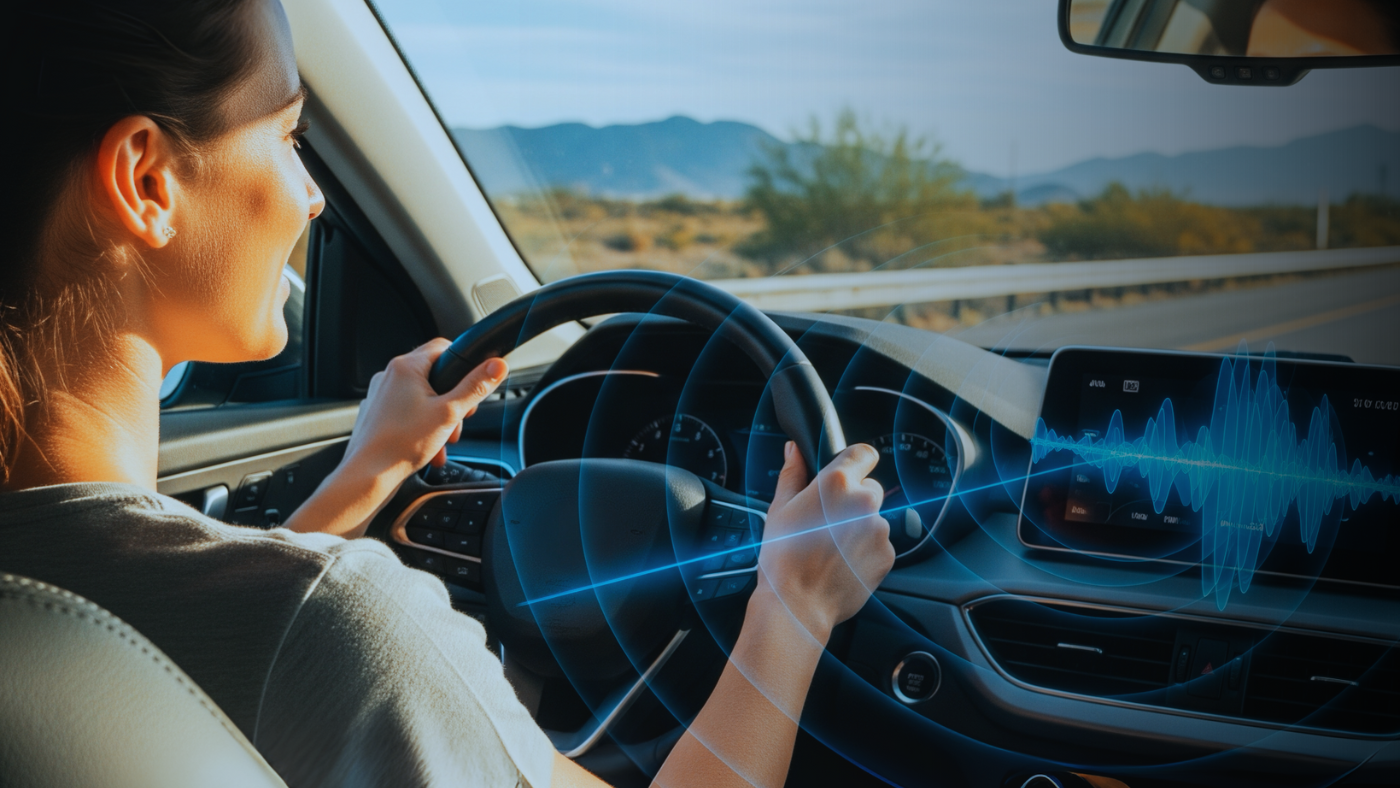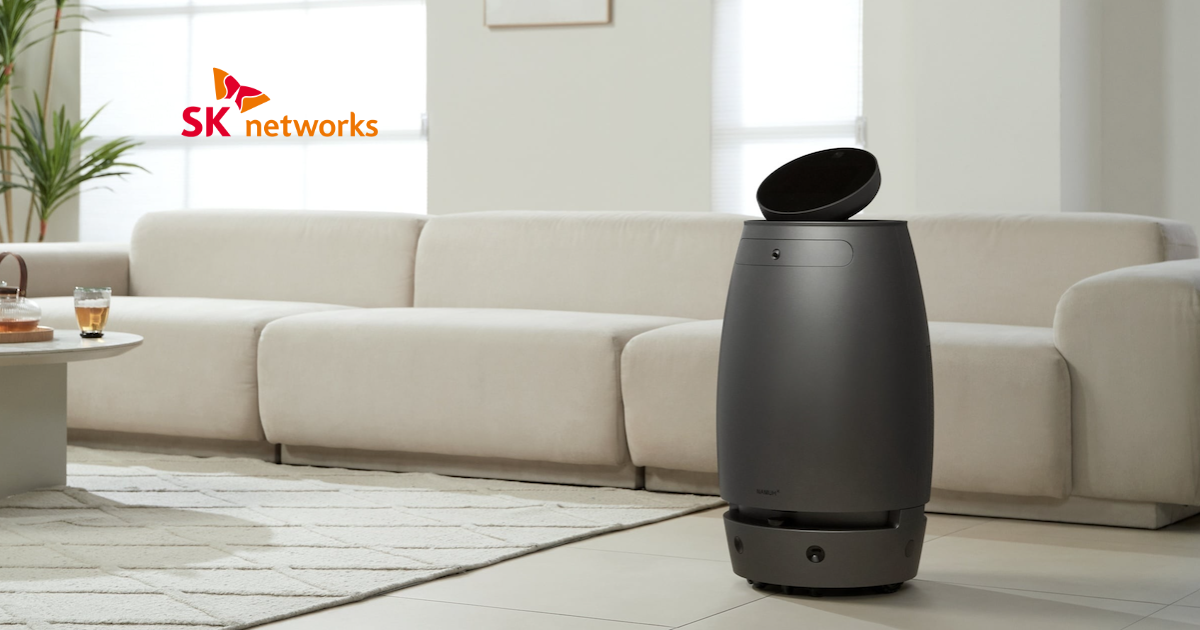Voice biometric technology, also known as voice identification (voice ID), is becoming increasingly popular for user authentication because it can provide a better customer experience, help businesses cut costs, and increase efficiency.

Voice biometric technology, also known as voice identification (voice ID), is becoming increasingly popular for user authentication because it can provide a better customer experience, help businesses cut costs, and increase efficiency. In addition, voice biometrics is far less intrusive and more accurate in identifying a person than other identification technology forms.
This article will discuss some benefits of using voice biometrics for authentication and how you can start using it in your business.
What is Voice Biometrics?
Voice biometrics is a process that uses voice recognition technology to identify and authenticate a person based on his vocal signature. For example, businesses can use voice biometrics to verify the identity of customers, employees, or others who need access to sensitive information.
There are many benefits of using voice biometrics for customer authentication. First, it is more secure than traditional methods, such as passwords or PINs. Second, it is faster and easier to use than other authentication methods. Finally, businesses can use it with other security measures, such as facial recognition software or fingerprints to create an even more secure experience.
How Does Voice Biometrics Work?
Voice biometrics compares the unique vocal characteristics of a person's voice with a voiceprint stored in a database.
After capturing the sound of a person's voice with a microphone, the sound is converted into a digital signal that can be analyzed. The analysis looks at pitch, timbre, voice volume characteristics, and other more complex features. These characteristics are then used to create a voiceprint.
There are two main types of voice biometrics: static and dynamic. Static voice biometrics uses pre-recorded samples of people's voices, while dynamic voice biometrics captures the sound of someone speaking live. Both types have their advantages and disadvantages.
Static voice biometrics are less likely to be spoofed or tampered with because it is harder to fake someone's recorded voice than live speech. However, static voice biometrics can be more challenging to use in sensitive situations, such as when verifying the identity of a customer who is speaking from behind a security barrier.
Dynamic voice biometrics are more accurate than static ones but are more likely to be used for processes such as when a customer reviews their order or makes a payment.
Why Use Voice Biometrics?
Voice biometrics provides a more secure customer experience because it can identify a customer by voice alone. This type of authentication differs from other forms of identification, like knowledge-based authentication (KBA). KBA uses passwords, secret questions, or personal identification numbers, and hackers can easily guess or steal this information.
In a study by Gartner, clients report an average failure rate of 10% to 15% when relying on customers answering personal questions based on public data, such as credit bureau or driver's license records. This failure rate drives up customer service costs and increases customer dissatisfaction. Additionally, KBA rejects 15-30% of real customers while sometimes accepting up to 60% of criminals. It results in a poor customer experience that’s also bad for business.
Voice biometrics are not subject to the same kinds of cyberattacks that can compromise other forms of customer information. This is because voice recordings are not stored the same way as different data types.
What are the Advantages for Businesses?
There are several advantages for businesses that use voice biometrics.
First, voice biometrics is more reliable than other authentication methods. It is harder for someone to fake their voice than their physical appearance or password.
Second, voice biometrics is easier and faster to use than other forms of authentication. Voice ID does not require anything from the customer other than the ability to speak.
Third, businesses and enterprises can use voice biometrics in different environments, such as customer service centers, online stores, and public places like airports and stadiums.
Finally, businesses can integrate voice biometrics into their existing security systems without requiring additional hardware and without increasing the cost or complexity of their security infrastructure.
5 Ways Voice Biometrics Improves Customer Experience
Voice biometrics is becoming increasingly popular for businesses of all sizes because it offers a better way to identify and authenticate customers. As a result, it reduces customer churn, increases customer loyalty, and improves customer retention.
Here are five ways it can improve customer experience:
1. Improves the speed of customer service by reducing the time spent on tasks that are not relevant to the customer's issue.
2. Enhance security by verifying identities and protecting against fraud.
3. Reduces waiting time by providing information about a customer's request or complaint status.
4. Increases customer satisfaction by eliminating or reducing the need for human interaction.
5. Increases efficiency by automating tasks that are repetitive or time-consuming.
How to Implement Voice Biometrics
To set up voice biometrics for your business, you must first determine what objectives you want to achieve with the technology. These may include authentication or user verification only, reducing call or customer response times, or reducing fraud and costs.
Also, consider what channel you will use the technology for, such as wearable devices, enterprise or web applications, voice bots, or another channel type.
Knowing the number of users, you will need to capture voiceprints for and how active they will be monthly is also essential to know before implementing voice biometrics for your business.
You'll need to consider what environment usage will occur. For example, if your business operates a call center, most voice biometric activity will likely happen in an office building. But the range of environments will vary if you plan to deploy the technology on mobile. It will be essential to use speech enhancement technology to address background noise, interfering signals, and other sound distractions.
Other factors to consider are what languages you'll need to process, voice biometric functionality, cloud or self-hosted deployment, and any privacy laws and regulations in your state or country.
After you've settled the above questions, the process is: companies must first collect user data to implement voice biometrics, such as voices, voiceprints, and speech patterns. Once this data is collected, it must be processed and analyzed to create a user profile.
Conclusion
In conclusion, voice biometrics can help businesses cut costs, increase efficiency and boost customer experience. By reducing the need for passwords and PINs, voice biometrics can help enterprises save time and money. And by providing a more secure authentication process, voice biometrics can help businesses reduce fraud and keep customer data safe. So if you're looking for a way to improve your business' security and efficiency, voice biometrics may be the perfect solution.












